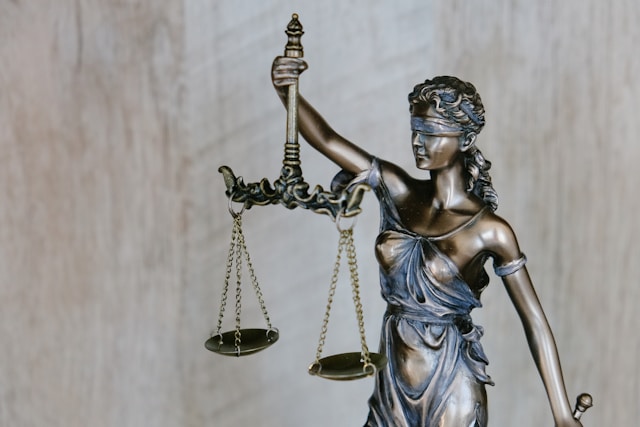Table of Contents:
- Introduction to Civil Litigation
- Phases of Civil Litigation
- Parties Involved in Civil Litigation
- Civil Litigation Costs
- The Impact of Civil Litigation on the Legal System
- Navigating Civil Litigation Successfully
Key Takeaways:
- Understanding the essential stages and key stakeholders in civil litigation is critical for anyone involved.
- Acknowledge various civil litigation types, from contract disputes to property issues, and the distinct considerations for each.
- Understand the benefits of alternative conflict resolution and how it differs from judicial proceedings.
- Comprehend the potential costs of civil litigation and strategies for managing them effectively.
Introduction to Civil Litigation
Civil litigation represents one of the pillars of the legal system, providing a structured avenue for resolving disputes where crime is not at issue. Rather than seeking punishment, civil litigation typically involves pursuing monetary damages or urging someone to take a specific action. The breadth of this legal arena is immense, covering everything from small-scale disputes among individuals to high-stakes battles between corporations. Despite the various cases, all civil litigations aim to resolve legal disparities fairly and justly under the careful guidance of established laws and procedures.
Numerous specialized domains exist within civil litigation, such as that of a personal injury law firm Hillsborough County, which tackles cases where individuals suffer harm due to others’ negligence or intentional actions. These law professionals are essential, offering expertise and advocacy to navigate the channels of civil law and achieve restitution for the affected parties.
Phases of Civil Litigation
Civil litigation unfolds in distinct stages, which could be likened to the acts of a play, with each contributing critically to the storyline. The drama begins with the pre-trial phase, encompassing various subprocesses like the initial complaint, answer, counterclaims, and the critical discovery process, where evidence is exchanged. This stage sets the tone of the litigation and can determine the strength of each party’s position. The trial phase takes center stage as attorneys present arguments, examine witnesses, and showcase evidence to persuade the judge or jury of their case’s merit. The excitement culminates with the verdict, leading to the post-trial phase, where issues like enforcement of judgment and potential appeals are confronted, often determining the ultimate resolution of the dispute.
Parties Involved in Civil Litigation
Civil litigation is a collaborative theater with a cast of characters, each with an indispensable role. Plaintiffs assert their claims, defendants respond, and attorneys for both sides strategize and advocate. The judge presides over the legal process, ensuring fairness and adherence to legal standards, while the jury, where applicable, deliberates on the facts, ultimately delivering a verdict. These individuals’ actions and interactions within the confines of the courtroom set the stage for the rendering of justice.
Civil Litigation Costs
The economic ramifications of engaging in civil litigation can be as distressing as the dispute itself. Legal representation generally comes at a significant cost, though many attorneys in fields such as personal injury work on a contingency basis, tying their fees to successfully resolving a case. Aside from attorney fees, there are court costs, costs of depositions, fees for expert witnesses, and numerous other expenses that can accumulate quickly. Strategic financial planning is essential, allowing litigants to enter the litigation terrain with open eyes regarding the potential fiscal impact.
The Impact of Civil Litigation on the Legal System
Civil litigation’s significance goes beyond individual legal contests. It has a palpable influence on the legal system, serving as a medium for setting precedents and guiding legal interpretations. These precedents then echo in courtrooms and beyond, shaping the application of laws and influencing legal reform.
Navigating Civil Litigation Successfully
The ability to navigate civil litigation successfully hinges on a deep comprehension of the process, judicious selection of qualified legal representation, and an understanding of the available resources. The journey of litigation requires knowledge, preparation, and resilience. Remaining informed on legal developments and strategically utilizing the counsel of experienced attorneys significantly enhances the likelihood of achieving a favorable outcome.
